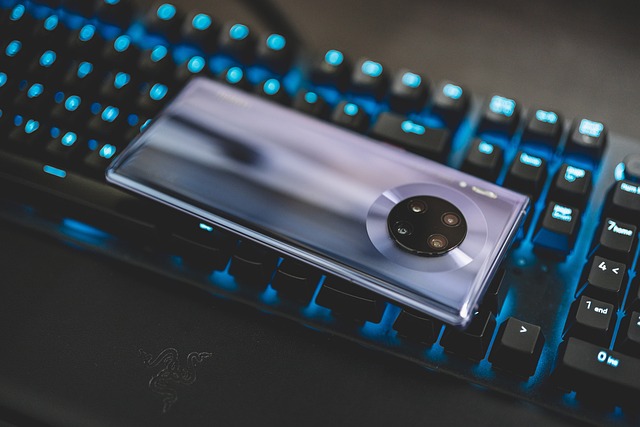Huawei ADS 4.0 is planned to be launched next year, bringing commercial experiences of high-speed L3 level autonomous driving and pilot projects for urban L3 level autonomous driving. Yu Chengdong called for accelerating the legislative process of relevant standards to promote rapid technological development.
In June this year, the Ministry of Industry and Information Technology officially announced the list of car companies that are the first batch to enter the pilot consortium for the admission and road traffic of intelligent connected vehicles (including L3 level and L4 level), which includes well-known passenger car companies such as Nio, BYD, GAC, and SAIC. In addition, many domestic car companies have successively obtained L3-level autonomous driving test licenses, such as renowned new energy brands like BYD, IM Motors, AITO, and Jiyue. Cities like Shenzhen, Beijing, and Hangzhou are also gradually expanding autonomous driving test areas.
It can be seen that the development of L3-level autonomous driving already has a certain growth environment, but it is far from enough to achieve true commercialization. The key lies in consumer acceptance and demand for autonomous driving technology, that is, whether consumers are willing to pay for it.
As a representative function of intelligent driving at the current stage, high-end NOA navigation-assisted driving has become the key to L3-level autonomous driving commercialization. According to data from Gaogong Intelligent Automobile Research Institute, among the new energy vehicles delivered in the first half of this year, the proportion of pre-installed NOA has exceeded 10%, reaching 13.65%. If including new cars that support software options for NOA, this proportion will reach 25.67%, with a quarter of users willing to choose the NOA function.
The increasing number of users willing to use NOA is directly related to the gradual lowering of the threshold for high-level intelligent driving. In the past, realizing high-level intelligent driving functions usually required LiDAR, but starting with Deep Blue S07, Huawei first pushed high-end NOA to the market within the 200,000 yuan range.
For example, the top version of XPENG MONA M03 is priced at less than 160,000 yuan and already has high-speed and urban NAO functions, which significantly lowers the threshold for urban NOA. Traditional joint venture brand GAC Toyota will also be equipped with high-level intelligent driving, with an estimated price of less than 200,000 yuan. For consumers, intelligent driving is not a necessity for travel, but reasonably priced high-level intelligent driving is indeed attractive. Thus, as prices fall within the acceptable range for consumers, the usage rate of high-level intelligent driving increases.
However, currently, not all consumers have sufficient trust in urban high-level intelligent driving. Therefore, when Huawei ADS 4.0 initially realizes the commercial use of L3-level autonomous driving, the first scenario will be set for highways, while urban L3-level autonomous driving still requires pilot verification. Currently, many car companies have relatively advanced highway NOA, but to fully realize L3-level, more development time is needed for other companies.
About Zunjie’s first modelCurrently, the official has not released information related to Zunjie. Previously, there were speculations that Zunjie's first product might be a large MPV priced in the millions, but according to the latest news, Zunjie's first model might also be a sedan targeting ultra-luxury brands like Maybach or Rolls-Royce.
Based on the exposed test car spy photos, the new car uses heavy camouflage, but it can still be seen that it features a closed front grille and through-type daytime running lights. The front light groups on both sides may feature Huawei's xPixel smart headlights.
The lines of the roof are elegant and smooth, giving the overall design a strong presence, potentially reaching the level of a large vehicle. Undoubtedly, this new model will become the highest-priced product under Hongmeng Smart Mobility once it is launched. In terms of technology and luxury experience, it is expected to surpass the AITO M9, which is priced between 400,000 to 500,000. Essentially, this is a high-end product positioned in the million-class range, and the manufacturer may not have overly high expectations for its sales. As observers, people are naturally curious about the configuration of this new car, and inevitably compare it with ultra-luxury brands like Maybach to explore the pros and cons of the product.